Summary
Are there pyramids on the Faroe Islands?
The short answer is no! There are however pyramidal mountain peaks that are not man-made structures, but rather formed through the islands’ unique geological processes. Visitors are captivated by their symmetrical shapes, which tower over the green hills and rugged coastlines. The allure of these natural formations lies not only in their visual splendor but also in the enchanting tales and legends that surround them. Trekking towards these pyramids is a favored activity among adventurers looking to immerse themselves in the islands’ serene environment and discover the untouched splendor of the North Atlantic.
Get your dose of History via Email
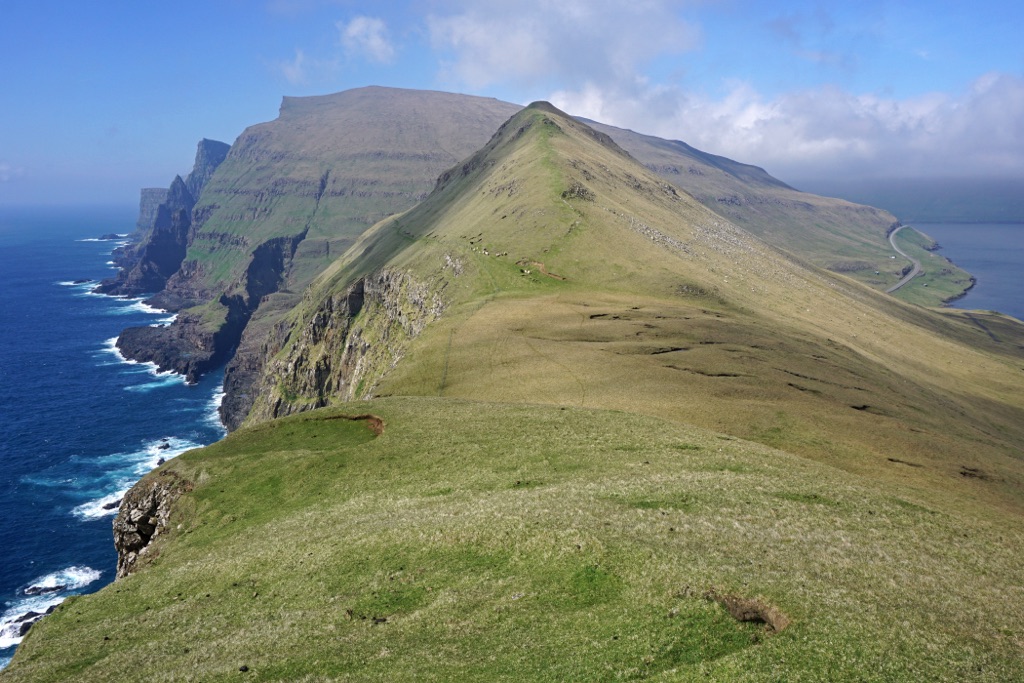
Cultural Significance and Legends
In Faroese culture, the pyramids hold a special place, interwoven with folklore that reflects the islands’ rich heritage. Local legends narrate the tales of giants and mythical beings associated with these formations, infusing them with a sense of wonder. Furthermore, the Faroe Island Pyramids are landmarks for the local community, serving as guides for sailors and contributing to the islands’ distinct identity. Visitors often find themselves drawn to the deeper stories that give context to the islands’ history, with each pyramid acting as a silent storyteller of the past.
Conservation and Tourism
As a testament to the Faroe Islands’ commitment to preservation, the area surrounding the pyramids is diligently protected. This approach ensures that the delicate ecosystems and the pristine beauty of the pyramids remain intact for future generations. Tourism initiatives focus on sustainable practices, allowing for responsible exploration of these natural wonders. When planning a visit to the Faroe Island Pyramids, tourists are encouraged to respect the environment and engage with local guides, who provide insightful information about the pyramids and contribute to the local economy through eco-tourism.
Historical Background of Faroe Island Pyramids
The Origins of Faroe’s Pyramid-like Peaks
The Faroe Island Pyramids, as they are colloquially known, are not what one would first imagine. They are natural formations, the result of millions of years of volcanic activity and the relentless forces of erosion. These iconic mountains rise sharply to create pyramid silhouettes that are actually coincidental by-products of the islands’ tumultuous past. Moreover, they are not singular formations but a series of peaks sprinkled across the Faroe Islands, which together contribute to the archipelago’s dramatic skyline.
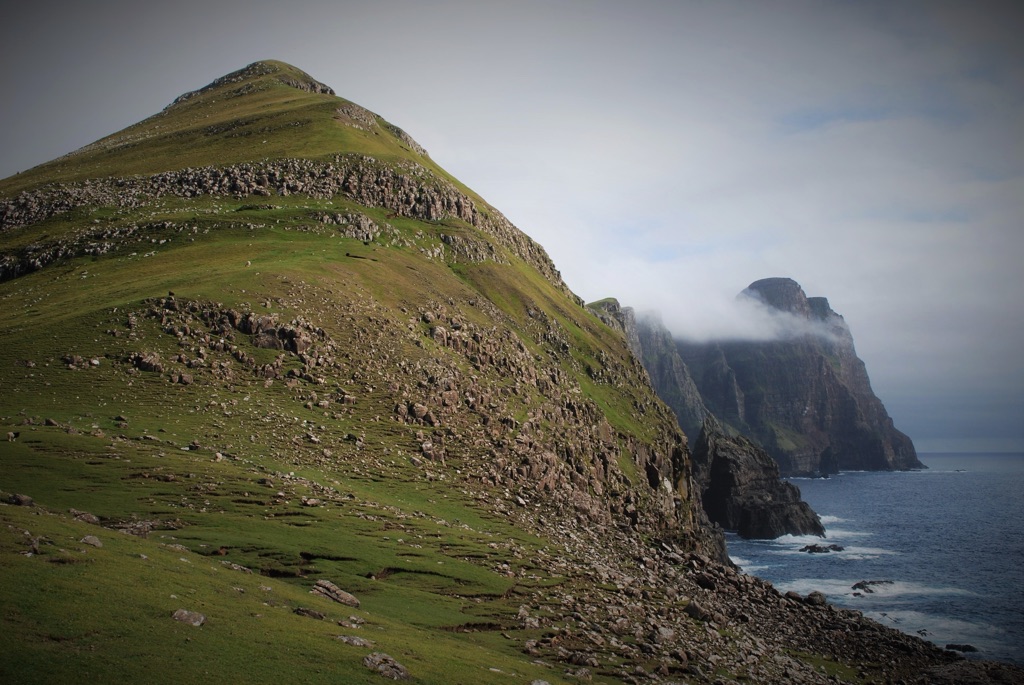
Ancient Tales and Human Settlement
When the first Norse settlers arrived on the Faroe Islands in approximately the 9th century, they found a land of myths literally carved into the terrain. To them, the pyramidal mountains were not just remarkable landmarks; they were entwined with the islanders’ vivid imagination and spirituality. As such, many of them feature in old Norse sagas and Faroese folklore that still echo in the culture today. They played an integral role in navigation and local identity, long before modern methods of orientation were introduced.
Rocks Telling the Passage of Time
The geological makeup of the Faroe Islands tells a story spanning back over 50 million years. The pyramids themselves are primarily composed of layers of basaltic lava, which solidified and folded to form their current steep angles. The weathering from the harsh North Atlantic climate carved the valleys and sharpened the peaks, providing perfect conditions for the ‘pyramid’ effect. These mountains are crystal-clear snapshots of the Islands’ history, providing invaluable insight for both scientists and historians alike.
Throughout history, the Faroe Island Pyramids have stood silently, witnessing the ebb and flow of civilizations that have come and gone. They serve as a symbol of the longevity and resilience not only of nature itself but of the communities that have thrived in this scenic and formidable environment. The pyramids are not just mountains; they are chronicles of human endurance and geological marvels rolled into one.
The pyramids’ silhouettes have become synonymous with the Faroese landscape, attracting tourists from around the globe. As the islands move towards a sustainable future, these natural monuments have come to symbolize the delicate balance between preserving a rich historical past and embracing an ecologically conscious presence. They remind visitors and locals alike of the importance of respecting and safeguarding our natural heritage for the timeless tales they tell and the awe-inspiring views they offer.
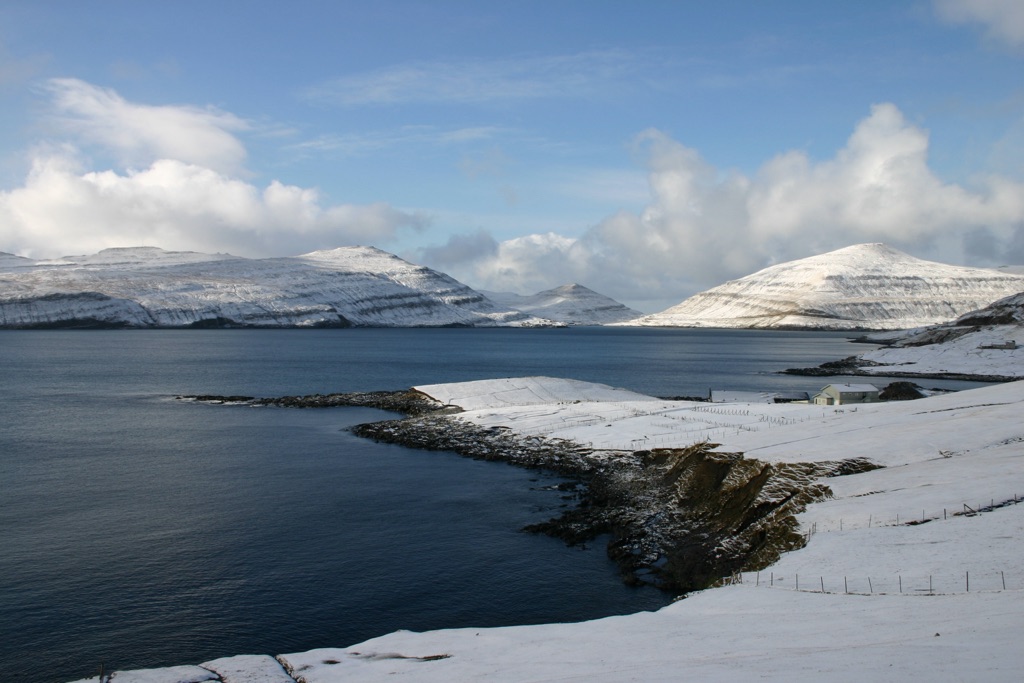
The Discovery of Faroe Island Pyramids
First Accounts by Early Navigators
Nautical explorers first documented the Faroe Island Pyramids amidst their oceanic voyages. These mariners charted the peaks as navigational markers in the vast North Atlantic. While the exact date of discovery is vague, the islands were inhabited by the early 9th century, possibly earlier. It’s believed that Norsemen, known for their extensive seafaring, brought back tales of the pyramidal mountains to their homelands, marking the Faroes on the Viking world map.
Inclusion in the Nordic Sagas
The pyramidal peaks of the Faroe Islands were first mentioned in written form in the Nordic sagas. These sagas, composed during the Middle Ages, often combined historical events with myth, giving a rich tapestry of narrative to the islands’ discovery. Although the sagas were committed to parchment centuries later, they suggest recognition of the pyramids by Norse seafarers well before the modern era.
Recognition by Naturalists
It wasn’t until the Age of Enlightenment that naturalists and geologists took a keen interest in the Faroe Islands’ unique topography. The pyramids received scientific scrutiny, and explorers documented their unique geomorphology. One of the most notable entries into the annals of geographic discovery was by the British scientist Sir Charles Lyell in the 19th century, whose observations contributed significantly to our understanding of the islands’ geology.
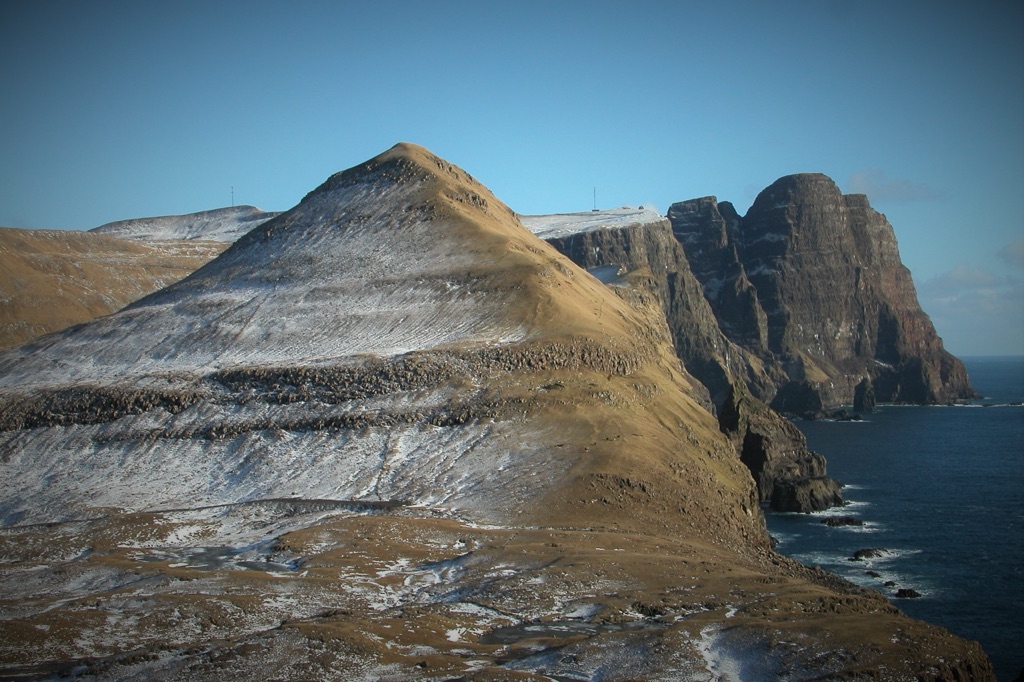
Local Faroese Lore
Oral histories from the Faroese people themselves predate all others. Generations passed down stories of the islands’ formation, with the pyramids playing a starring role. This folklore preserved historical memories of the pyramids, filled with accounts of giants and Norse gods shaping the land. As such, the pyramids’ ‘discovery’ is deeply rooted in the magic of legend, as much as it is embedded in the tangible history of exploration.
Modern-Day Recognition and Preservation
The Faroe Island Pyramids gained wider recognition in the 20th and 21st centuries as travel became more accessible. With the advent of photography and social media, what was once the navigator’s beacon became a sought-after destination for hikers, photographers, and nature enthusiasts. Today, the Faroese government, along with conservationists, works to preserve the pyramids, ensuring their legacy remains intact – a testament to their enduring discovery, natural splendor, and historic significance.
Cultural Significance, Dating methods, Theories and Interpretations
Cultural Impact of the Pyramids
The Faroe Island Pyramids are not only a natural wonder but also a cultural beacon. For centuries, they have been interwoven with the Faroese way of life, influencing everything from folklore to contemporary art. As navigational features, they were pivotal for the Viking navigators and later, local fishermen. The pyramids also appear in traditional Faroese songs and stories, symbolizing the relationship between the land and its people.
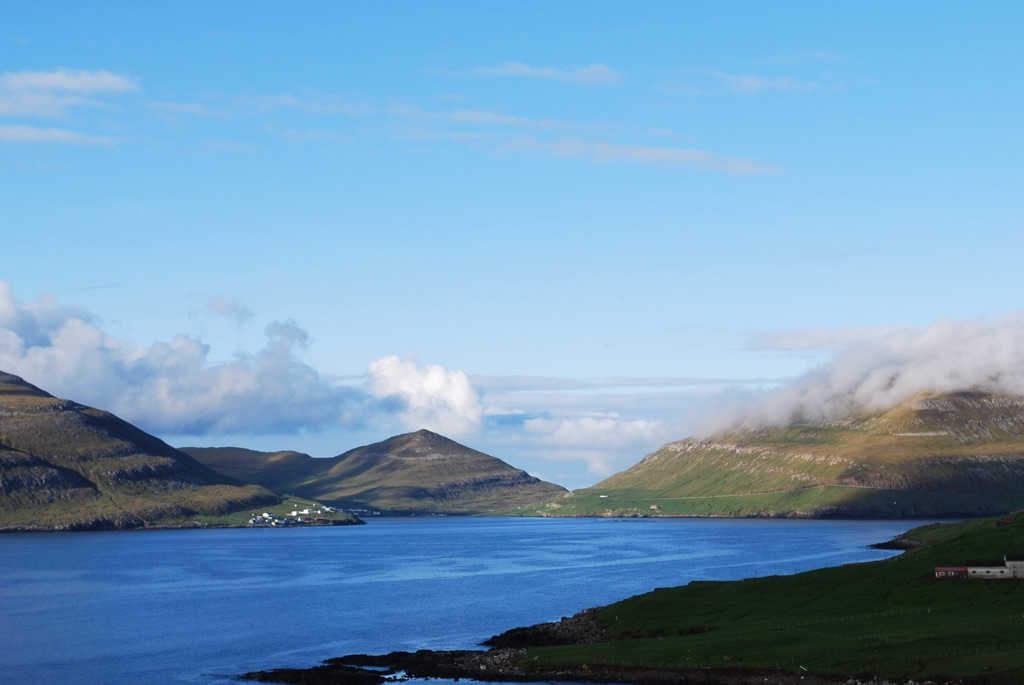
Uncovering Ages: Geological Dating
No human hand carved these pyramids; they are purely the work of time and elements. Geologists use various dating methods, such as radiometric dating of surrounding basalt and tephra layers, to determine their age. These studies suggest that the pyramids formed during the Paleogene period, over 60 million years ago, when volcanic activity shaped the archipelago.
Theories of Formation
There is a consensus among scientists about the pyramids’ volcanic origin, but their distinctive shape spurs further inquiry. One theory proposes that the peculiarly symmetrical form resulted from glaciation during ice ages, followed by erosion. Another theory points to tectonic activity, suggesting that the vibrational waves could have contributed to their unique structure.
Local interpretations of the pyramids tell a different story. They are often seen as petrified remnants of ancient mythic giants – a testament to the island’s history steeped in legend and mystique. Such tales, while not scientifically substantiated, offer a fascinating glimpse into the islanders’ relationship with their environment.
Today, the Faroe Island Pyramids stand as silent witnesses to both natural history and human habitation. They continue to spark curiosity and are the subject of ongoing research, which seeks to uncover more about their geological past and cultural importance. As icons of the Faroe Islands, they remain objects of both scientific study and cultural celebration, bridging the gap between the natural world and human creativity.
Conclusion and Sources
The Faroe Island Pyramids, a natural marvel, continue to intrigue and inspire researchers, historians, and visitors alike. Their formation, deeply rooted in the geological past of the islands, and their lasting impact on culture and folklore showcase the intertwined relationship between the Earth’s history and human civilization. Theories of their formation range from volcanic activity to glaciation, whereas their cultural significance encompasses myth, navigation, and artistic inspiration. Their conservation and study offer valuable insights into the natural world and human engagement with it. As the world moves forward, these pyramids stand as a testament to the past, a beacon for the present, and a guide for future generations to appreciate the wonders our planet has to offer.

For further reading and to validate the information presented in this article, the following sources are recommended:
Or you can check any of these reputable archaeological and historical texts:
Bond, A. (2018). The Faroe Islands: Interpretations of History. University Press of Kentucky.
Johansen, J. (2004). Myths and Legends of the Faroe Islands. Faroe University Press.
Lyell, C. (1835). Principles of Geology. John Murray Publishing.
Patursson, R. (2011). Faroe Islands’ Geology: An Overview. Annales Societatis Scientiarum Færoensis, Supplementum 58.
Thorarinson, S. (1967). The Postglacial History of the Myvatn Area. New Phytologist, Volume 66, Issue 1.
Faroe Island FAQ’s
Are the Faroe Islands volcanic?
Yes, the Faroe Islands are volcanic in origin. They were formed about 60 million years ago during the Paleocene epoch as a result of volcanic activity associated with the opening of the North Atlantic Ocean. The islands are primarily composed of basaltic lava and tuff layers, which are the products of ancient volcanic eruptions. Over time, the islands have been shaped by glacial and erosion processes, giving them their rugged and dramatic landscapes.
How old are the Faroe Islands geologically?
The Faroe Islands are geologically around 50 to 60 million years old. They were formed during the Paleocene epoch as a result of volcanic activity associated with the rifting and spreading of the North Atlantic Ocean. This volcanic activity created the layers of basalt that make up most of the islands’ landscapes today. Over millions of years, erosion and glacial processes have shaped these volcanic materials into the current topography of the islands.
What is the giant pyramid on the Faroe Islands?
The “giant pyramid” is called Kirvi, which is a notable mountain on the Faroe Islands, resembling a pyramid in shape. However, it’s important to clarify that this isn’t a man-made pyramid, but rather a natural formation. Kirvi, like many other peaks on the Faroe Islands, showcases the islands’ characteristic rugged and steep landscape, which has been shaped by volcanic activity and glacial erosion over millions of years.

